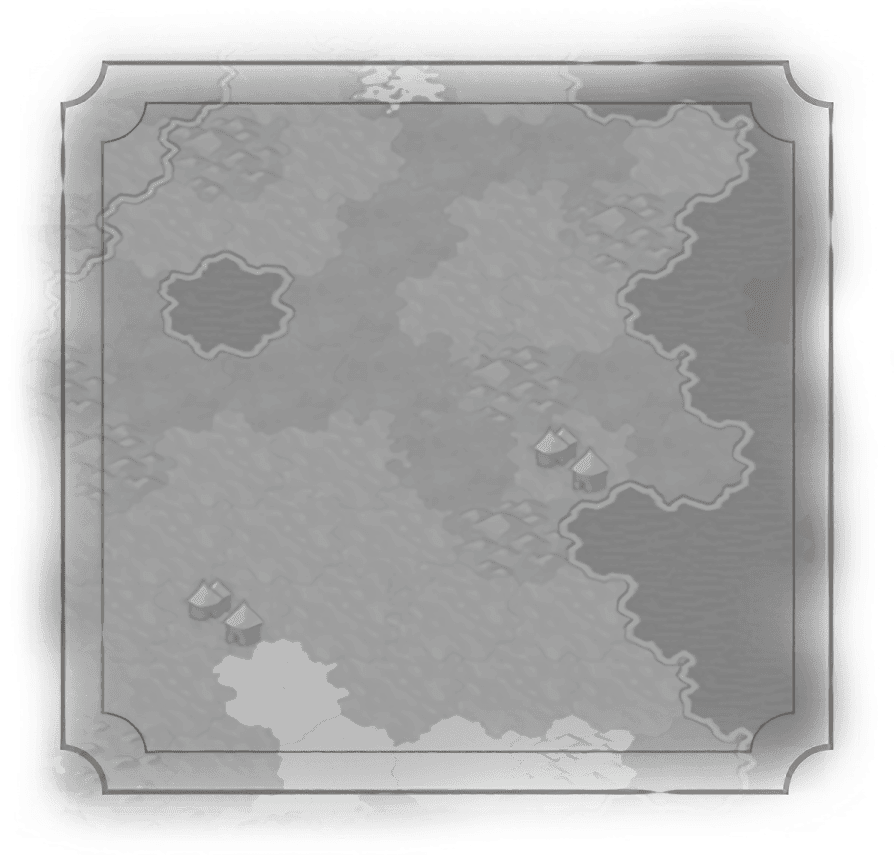Governments
Military Policies
Agoge
Bastions
Chivalry
Conscription
Defense of the Motherland
Discipline
Feudal Contract
Grande Armée
Integrated Space Cell
International Waters
Levée en Masse
Lightning Warfare
Limes
Logistics
Maneuver
Maritime Industries
Martial Law
Military First
Military Research
National Identity
Native Conquest
Patriotic War
Press Gangs
Professional Army
Propaganda
Raid
Retainers
Sack
Strategic Air Force
Survey
Their Finest Hour
Total War
Veterancy
Wars of Religion
Economic Policies
Diplomatic Policies
Great Person Policies


Sack
Description
Yields gained from pillaging are doubled for pillaging districts.
Historical Context
Since most soldiers weren’t (and aren’t) well-paid, looting was the primary source of income … for those lucky enough to survive the battles, plagues, and punishments. Unlike pillaging the countryside, the chance to sack a built-up place offered much more than mere sustenance. During the Middle Ages, a lord’s encouragement to sack a town, city, or district was the main way to insure loyalty and further willingness to fight. Even the gentry joined in the fun, often claiming the most priceless pieces and best folk to hold for ransom. The bigger and richer the city, the more to go around; thus, some places like Rome were sack-prone (410, 455, 546, 1084, and 1527 AD).

Description
Yields gained from pillaging are doubled for pillaging districts.
Historical Context
Since most soldiers weren’t (and aren’t) well-paid, looting was the primary source of income … for those lucky enough to survive the battles, plagues, and punishments. Unlike pillaging the countryside, the chance to sack a built-up place offered much more than mere sustenance. During the Middle Ages, a lord’s encouragement to sack a town, city, or district was the main way to insure loyalty and further willingness to fight. Even the gentry joined in the fun, often claiming the most priceless pieces and best folk to hold for ransom. The bigger and richer the city, the more to go around; thus, some places like Rome were sack-prone (410, 455, 546, 1084, and 1527 AD).



